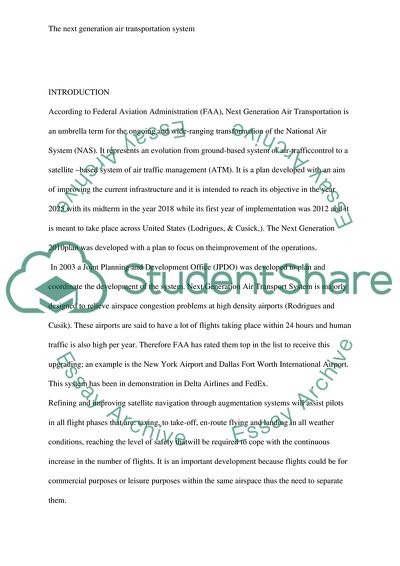Cite this document
(“The next generation air transportation system Research Paper”, n.d.)
The next generation air transportation system Research Paper. Retrieved from https://studentshare.org/miscellaneous/1688138-the-next-generation-air-transportation-system
The next generation air transportation system Research Paper. Retrieved from https://studentshare.org/miscellaneous/1688138-the-next-generation-air-transportation-system
(The Next Generation Air Transportation System Research Paper)
The Next Generation Air Transportation System Research Paper. https://studentshare.org/miscellaneous/1688138-the-next-generation-air-transportation-system.
The Next Generation Air Transportation System Research Paper. https://studentshare.org/miscellaneous/1688138-the-next-generation-air-transportation-system.
“The Next Generation Air Transportation System Research Paper”, n.d. https://studentshare.org/miscellaneous/1688138-the-next-generation-air-transportation-system.


